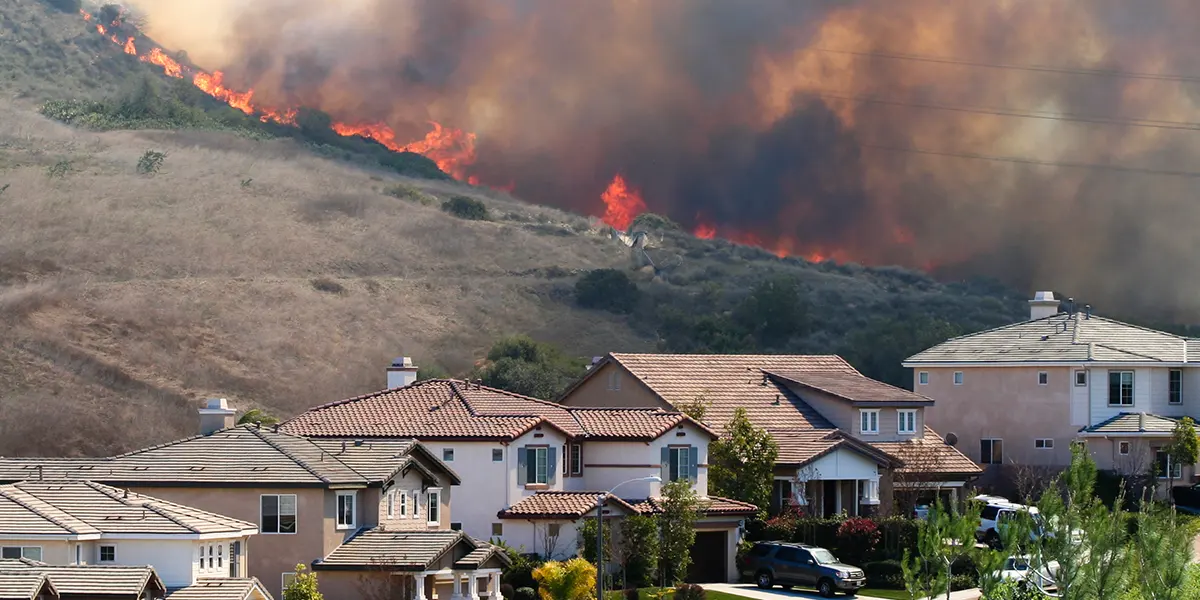Although some banks and insurers have made substantial progress in improving risk management practices, further enhancements to measure climate risk are needed by all firms. When a firm has not taken action, it should be able to articulate why that is the case and the necessary steps it plans to take to address any missing elements.
Firms are expected to demonstrate capabilities in meeting the Bank of England’s supervisory expectations in the non-exhaustive list of areas below:
Governance
- Board Oversight: Boards and Executives of firms should be able to demonstrate that climate is considered in advance of business and strategic decisions. Hence, they need to understand how their firm is coherently integrating climate considerations into their business strategies, planning, governance structures and risk management processes with relevant metrics and risk appetites.
- Responsible Senior Manager: The majority of firms include allocated Senior Manager Functions (SMFs) responsible for financial risks from climate change. Expected to have an effective oversight of climate risks with the SMFs required to take ownership over the institutional strategy for climate change financial risks.
Risk Management
The PRA identified that firms made progress when considering risk management, but there remain variations in the maturity of their processes.
- Risk Management Frameworks and Tolerances: The Risk Appetite Statement (RAS) should be coherent with the Risk Management Framework (RMF), including quantitative risk limits and metrics that should be tailored to each firm's business strategy, business model and balance sheet. In some firms, the lack of an effective RMF for climate risks appeared to compromise the Board and Executive's ability to manage those risks. For these cases, the RMF often did not include quantitative risk appetite metrics and offered little evidence that the RMF was impacting decision-making and strategy concerning climate change.
- Modelling: Firms should be able to exhibit climate risks that have been factored into their quantitative analysis, such as through quantitative climate risk modelling capabilities, metrics and realistic assumptions as part of their RMF work. Furthermore, firms should be able to explain what work has been conducted to identify areas requiring development and how they are addressing identified data gaps.
- Capital: A firm's Own Risk and Solvency Assessments (ORSAs) or Internal Capital Adequacy Assessment Processes (ICAAPs) should be sufficient for readers to understand the analysis of climate risks and capital. It was identified that firms, most of the time, did not provide sufficient contextual information to enable readers to fully understand their analysis. Firms should be paying attention to the disclosure of methodologies and underlying assumptions, judgements, proxies and consequent uncertainties.
- Counterparties' Exposures: A counterparty engagement strategy is necessary for firms to aid climate risk adoption within their business strategy and risk appetite to highlight how their counterparties will look to manage climate exposures. In general, banks did not have a whole idea of counterparties' exposures or transition plans facing challenges when sourcing this information.
At the same time, the physical and transitional effects of climate change create financial risks and economic consequences, which can affect the safety and soundness of firms the Bank regulates, the stability of the wider financial system, and the economic outlook. The need for firms to continue their work to understand and address climate risks therefore remains."
Scenario Analysis
PRA findings indicated that scenario analysis capabilities were not well-evolved enough to support effective decision-making. Largely, constraints were the generation, collation, cleaning, analysis, and integration of data to conduct decision-useful scenario analysis interlinked with business strategy. Climate risk models lacked development. Some firms combined new models, existing models, and third-party solutions to estimate impacts. Overall, limitations of information on how those data gaps and methodological challenges will be addressed.
- Embedding: Firms should increasingly demonstrate the results of embedded scenario analysis in their risk management and business planning processes into their strategic and business decision-making impacts.
- Scenario Design: Some firms demonstrated effective practices to highlight the uncertainty in their climate risk analysis and account for it when using results. For insurers, some firms included an ability to model a wide range of physical vulnerabilities in their assessment of underwriting risk and the ability to address third-party models used.
- Contextual Information: The complexity of climate scenario analysis means that different frameworks and scenario calibrations are necessary for specific outcomes. Despite one framework meeting one objective, it shouldn’t be expected that it would meet all of the objectives. Numerous firms were unable to define the objectives.
- Consistency: It was unclear whether firms had integrated the outputs from their scenario analyses into their ICAAP and ORSA processes using prudent calibrations and assumptions.
- Scenario Design: Inconsistent data and assumptions were identified by the PRA. More progress is required to embed physical risk in corporate modelling. A challenging task due to the range of impact channels, lack of available data and nascence of model development. The PRA also recognised that banks made simplifications within their models that require rapid building capability including modelling of mortgage physical risk, commercial real estate, consumer credit and financial institutions and sovereigns.
Disclosure
In general, the PRA found disclosure of climate risks to be promising. All firms need to evolve their disclosures as they develop their understanding of their business's exposures to climate risks. Yet, the PRA found that some firms were choosing to set out their primary climate risk disclosures in their Annual Report or a standalone climate report instead of the firm's Pillar 3 disclosures Solvency and Financial Condition Report (SFCR).
- Consistency: Firms demonstrated effective and consistent approaches across all forms of annual reporting.
- Limited or No Context Information: Little or no contextual information to support a firm's climate disclosures was provided. Exampled by firms not disclosing material climate risks in their Pillar 3 and SFCR disclosures.
Data
To some degree, data is being widely and effectively used by some firms but all firms were in need of more robust, standardised climate-related data. Most firms relied on third parties for data, models and other risk management components.
- Approach to Address Gaps: In terms of data gaps, all firms should have contingency solutions in place to deal with such scenarios. Firms are expected to be able to explain how they identify and plan to close any significant data gaps as well as the processes to ensure data and tool developments are incorporated into their approach.
- Interim Measures: While data gaps were being addressed, firms used conservative assumptions and proxies necessary for a reader to interpret climate publications or submissions.
Climate & Accounting
The development of approaches to capture climate risk in balance sheet valuations was found to be at an early stage. This is consistent with firms maturing their capabilities to measure the financial impact of climate risk but firms should prepare for the impact of climate risk on their accounting practices.
The PRA expects firms' financial reporting-related priorities for 2022 and onwards to include enhancing the following:
- Climate-Related Data and Modelling Capabilities: To quantify the impact of climate change on balance sheets and financial performance.
- Governance and Controls: To support the use of a higher volume of forward-looking climate-related data in financial reporting.
- Market Disclosures: Helping market participants to understand the linkage between firms’ climate-related disclosures and the impact on their financial statements and Pillar 3 reporting.
Driving forward
Firms unable to have made sufficient progress in embedding the Bank of England's expectations should be expected to provide a roadmap explaining how they intend to overcome the gaps. Otherwise, supervisors will take additional steps, if needed, to ensure risks are adequately addressed.
To avoid such scenarios and to meet expectations, Climate X is here to support banks and insurance companies to improve their risk management practices. This includes our ability to provide precise and accurate climate-related data for supporting compliance, regulation, TCFD disclosure, and loss modeling into firms' risk management and business planning processes.
Get in touch with our team and discover how we could help you not only address climate risk and also understand the data driving it to substantially improve strategic and business decision-making.





